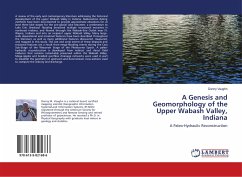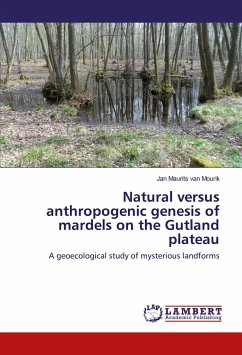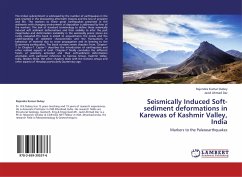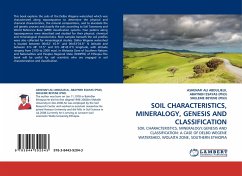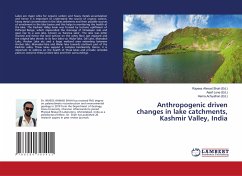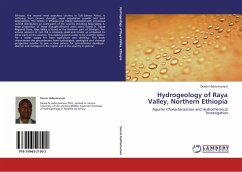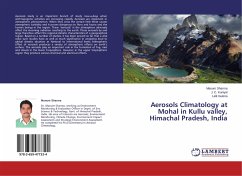A review of the early and contemporary literature addressing the historical development of the upper Wabash Valley in Indiana. Radiocarbon dating methods have been documented to provide approximate elevations for at least three lake stages for the pro-glacial Lake Maumee, a predecessor to Lake Erie. Breakout flooding breached multiple recessional moraines in northeast Indiana, and flowed through the Wabash-Erie Outlet near Ft. Wayne, Indiana and into an incipient upper Wabash Valley. Many large-scale depositional and erosional features have been described throughout the literature as well as many additional features discovered, measured, and mapped in this study. The size and areal extent of these deposits and erosional features are a result from mega-flooding events during the Cary Sub-Stage of the Wisconsin Stage of the Pleistocene Epoch. A paleo-hydraulic reconstruction is developed from indirect and direct field evidence that remains remarkably preserved within the Wabash Valley. Mega-ripples and braided overflow drainage networks were used in part to establish the geometry of upstream and downstream cross sections used to compute the velocity and discharge.
Bitte wählen Sie Ihr Anliegen aus.
Rechnungen
Retourenschein anfordern
Bestellstatus
Storno

